Spatial Data on the Web - Modeling and Management
🌐 Spatial Data on the Web – Modeling and Managing the Geospatial Web
“Spatial Data on the Web: Modeling and Management” is an essential guide for GIS developers, data architects, and web professionals who want to design, publish, and manage geospatial data using modern web technologies. It bridges the gap between spatial modeling and web deployment, enabling seamless access, interoperability, and scalability of geodata across platforms.
The book dives deep into web-based spatial architectures, spatial databases, GeoJSON, GML, WFS/WMS services, REST APIs, RDF, and linked open geodata – offering practical techniques and theoretical foundations for spatial web ecosystems.
Topics include:
- 🧩 Spatial data modeling for the web
- 🛰️ Serving geodata through OGC standards (WFS, WMS)
- 📡 RESTful API design for geospatial services
- 🔗 Linked spatial data and semantic web integration
- 💽 Storage strategies using PostGIS, NoSQL, and cloud-native formats
Who should read this:
- 💻 Web GIS developers and full-stack spatial coders
- 🗂️ Data managers handling open geodata platforms
- 📚 Students of spatial informatics and web cartography
- 🌍 Professionals building next-gen GIS web apps
As GIS and the Web merge closer than ever, this book offers the roadmap to a future where every place is just a click away — modeled, mapped, and managed in real time.
Keywords: Spatial Data Web, Web GIS, GeoJSON API, OGC Services, WFS WMS REST, Spatial Data Modeling, Linked Geodata, Semantic GIS, PostGIS Web Integration, Spatial Web Architecture

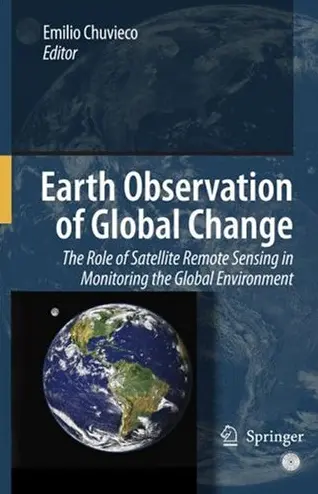
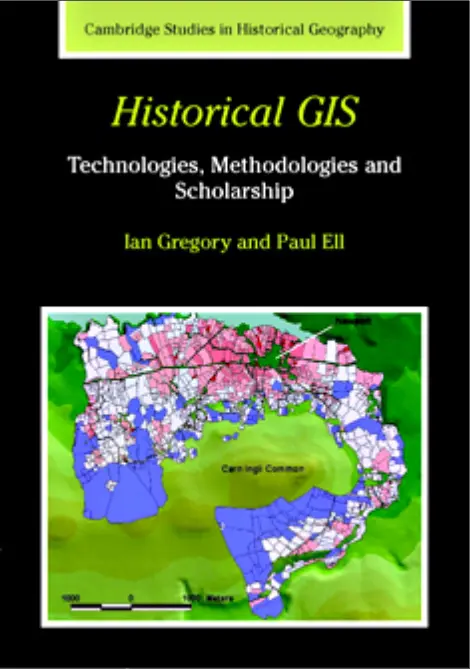
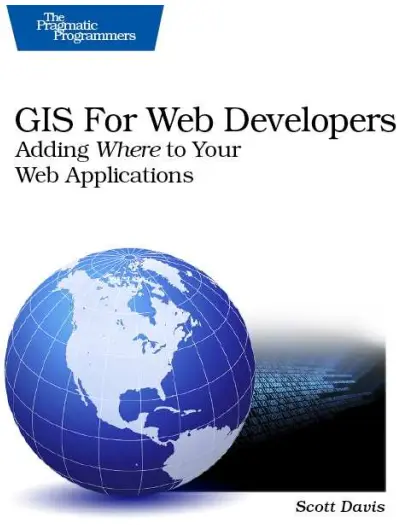

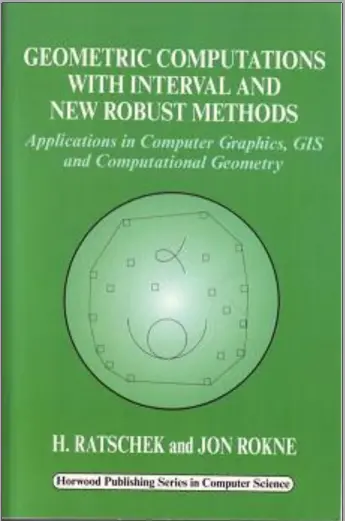
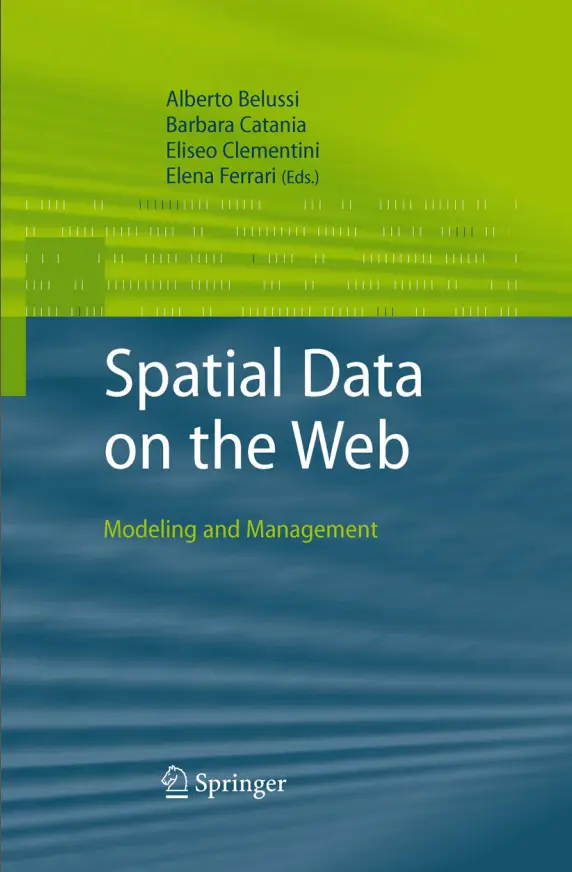

comments
Leave a Reply
Your email address will not be published. Required fields are marked *